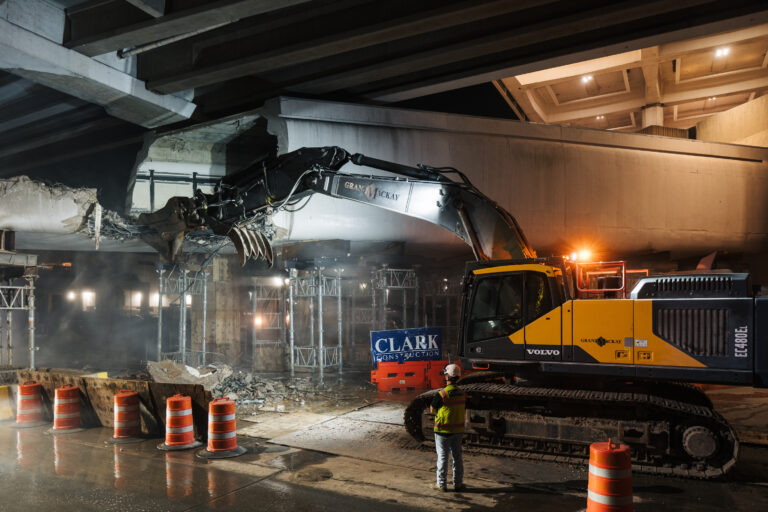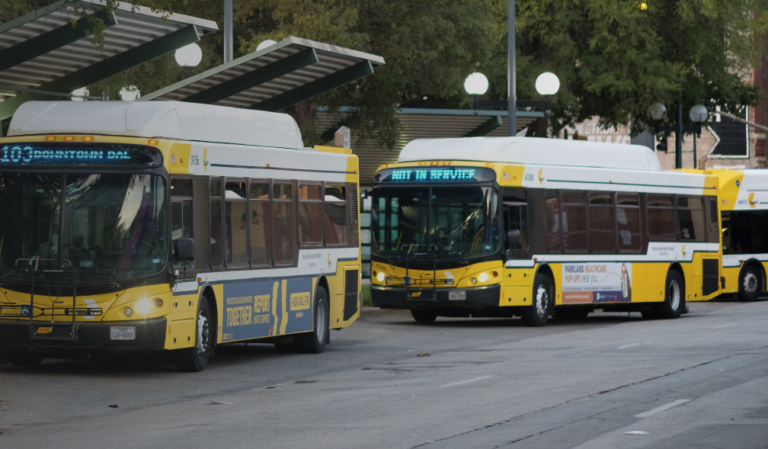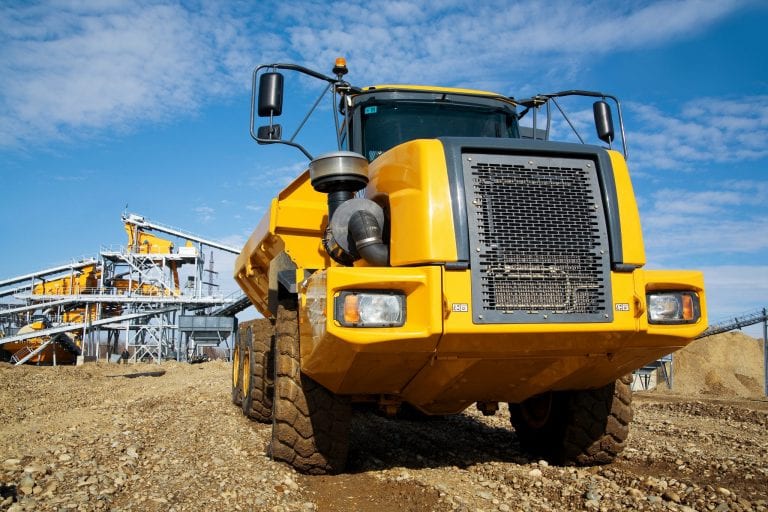As the Texas high-speed train moves closer to construction, demand is accelerating at high speeds, according to a recent comprehensive study of the entire alignment – the most comprehensive review ever conducted of the travel market between Houston and North Texas.
As an investor-owned project, decisions are based on data, and Texas Central engaged one of the world’s leading management consulting firms, L.E.K. Consulting, to drive the data analytics element for the project. L.E.K. brings more than 35 years of deep industry experience to review the market and has conducted the most robust ridership analysis of this region to date by using the most technologically-advanced data collection methods. Their modeling techniques meet or exceed the best practices outlined by the US Department of Transportation and the research was informed by traveling Texans more than 3 billion calculations.
Some of the highlights of the study:
- Forecasts more than 6 million passengers would ride the train annually by 2029 and more than 13 million by 2050
- Train will save 60 to 90 minutes per trip between Houston and North Texas
- The Houston-North Texas super economy is expected to grow by 1.5 percent per year to 2050, almost twice the U.S. national average.
- An overwhelming majority of Texans (85 percent of those surveyed) who have traveled between Greater Houston and North Texas over the last 12 months say they would use the train in the right circumstances
Texas Central has performed multiple studies to ensure the business plan accurately reflects the market demand, and incorporates changes in demographics, consumer trends and ridership projections. This is critical in an area of the country that continues to outpace the rest of the country in economic and population growth. Other study highlights include:
- Texas’ growth drives increase in ridership estimates: Texas’ strong economy and population boom will help drive the success of the Texas high-speed train. In 2015, approximately 14 million people traveled annually between Houston and North Texas – a figure which has increased to 16 million in 2017.
- More people are moving to the urban regions causing congestion and delays, and growing the market for alternative travel solutions: The Houston-North Texas corridor is expected to grow by 1.5 percent per year to 2050, almost twice the U.S. national average. This is expected to add an additional 10 million residents to the area by 2050 most of which will likely reside in the urbanized areas of Greater Houston and North Texas. Aggregate Houston-to-North Texas trips are estimated to balloon to approximately 40 million by then.
- High-speed train riders will arrive on schedule and save more time while traveling between North Texas and Houston: The Texas high-speed train is expected to save 60 to 90 minutes per trip made between these major metro areas. Further, passenger stations will be located within 60 minutes’ drive for 80 percent of area residents, enabling easy access to each region’s excellent highways and expansive public transit networks.
- Texans want to ride the high-speed train: An overwhelming majority of Texans (85 percent of those surveyed) who have traveled between Greater Houston and North Texas over the last 12 months say they would use the Texas high-speed train in the right circumstances, according to a survey of travelers. As many as 72 percent say they definitely or probably would use the service now if it were available.
- Texans will ride the train as an alternative to driving, and rideshare technology adoption rates are proving it: The ride hailing surveys conducted show that between 2016 and 2018, the proportion of travelers using ride hailing services to travel to and from airports in DFW and Houston has more than doubled in two years. Nearly 80 percent of those travelers surveyed say that they would travel by high-speed train in the future.
As Texans learn more about the high-speed train, their excitement continues to grow. Travel is incredibly personal, and this train connects families, friends and business colleagues in a safe, reliable and more productive way.
Source: Texas Central







